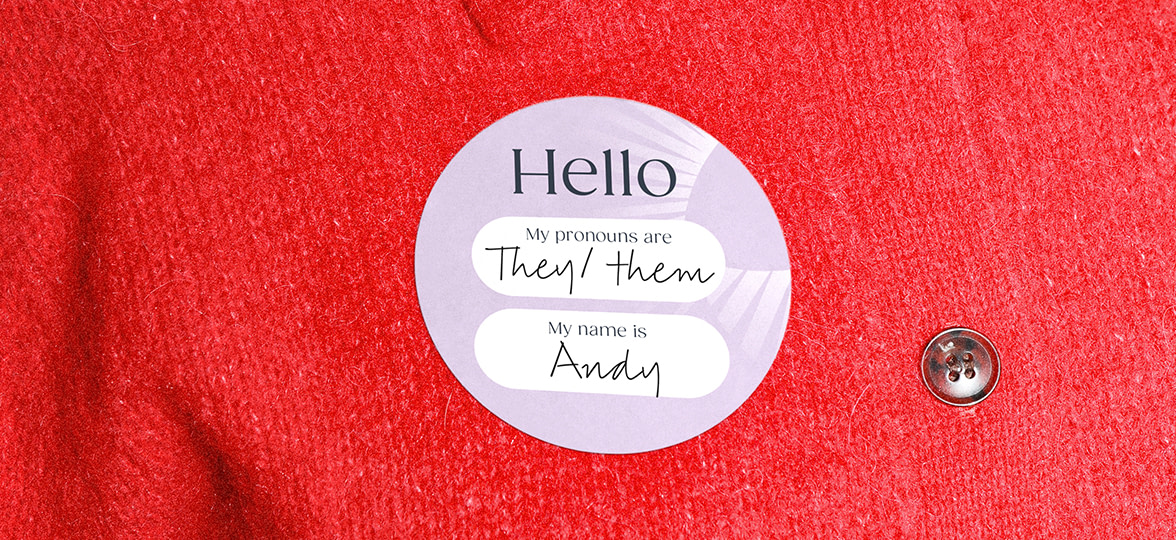Everyone’s invited: how to make your summer event inclusive
Discover practical tips to help you design more inclusive, accessible events.

Summer events are meant to be full of good vibes: warm weather, cool drinks, and feel-good tunes. But for some, it comes with extra challenges.
Inclusion might be a buzzword, but it’s also a baseline. It’s really the difference between someone feeling like a guest and feeling like an afterthought. A recent Deloitte study found that 60% of employees with disabilities have missed workplace events due to accessibility barriers, such as inaccessible restrooms
Creating accessible events means designing for real people with real needs. That includes wheelchair users, neurodivergent attendees, carers, non-native English speakers, and everyone else who deserves to feel welcome.
Inclusion starts with how people feel
Events help shape a workplace culture where people feel they belong. Right now, only 37% of working-age people with disabilities in the US are employed, compared to 65.5% of those without. Add in workplace events that aren’t designed with access in mind, and it’s easy to see how exclusion shows up.
But the companies that prioritise diversity, equity, and inclusion see 3.2x higher employee engagement. When you factor in things like sensory needs, access, and communication, you create events that actually work. Not just in theory, but in practice, too.
Because when people feel welcome at your event, they’re more likely to feel valued at work. So, how do you make your summer event truly inclusive? Let’s explore.
1. Start with the invitation

Creating inclusive events starts with the invite. That means thinking beyond date, time, and dress code and including info that will help them decide if they can come.
Do your guests know what to expect? Is the tone warm and clear? Have you made space for different needs? That’s how to make your event accessible from the get-go. The more people know upfront, the more they can plan, and the more likely they will feel safe saying yes.
Here are some essential things to cover:
- Is the venue step-free?
- Are there quiet spaces?
- What’s the general vibe?
- Can dietary needs be accommodated?
Include a printed invite with a QR code linking to full access info. Make sure you put your contact details there too, so people can reach out with specific questions or requests.
2. Design with neurodiversity in mind

Not everyone experiences the world in the same way. Organising inclusive events also means creating sensory-friendly spaces that work for all kinds of brains. Beyond accessibility issues, sensory needs should be catered for as well. For some guests, crowds, bright lights, or unstructured time can be draining or disorienting.
Many employees who could benefit from adjustments don’t ask for them. For instance, only 25% of disabled employees say they’ve ever requested accommodations for meetings or events, and those who do often face delays or rejection.
The point is to include thoughtful options from the start and that’s where thoughtful design comes in:
- Use natural light where possible and avoid strobe or flickering effects.
- Offer noise-reducing options, like earplugs or a quiet room to recharge.
- Clearly label high-sensory areas, and provide lower-sensory zones as an alternative.
- Include structure such as signposted activities, gentle time cues, or casually facilitated intros.
- Keep scents minimal (strong perfumes, air fresheners, and certain foods can be triggering).
- Create calm zones with soft seating, grounding textures, or fidget tools available.
- Make it easy to request accommodations in advance—include a contact email or form on the invite
3. Facilitate different types of connection

Not everyone wants to dive straight into a crowd. For some guests, unstructured mingling can feel awkward or overwhelming. Accessible events are all about rhythm and choice. A few thoughtful touches can take the pressure off and help people connect in ways that feel comfortable.
A few low-pressure ways to open things up:
- Offer everyone name tags (Stickers make versatile name badges).
- Add gentle prompts like conversation cards or “ask me about…” zones.
- Include structured social moments to help people ease in.
- Create multi-sensory spaces: a browse table, doodle zone, quiet corner, or game station.
- Avoid over-scheduling, as some guests will need breaks between the buzz.
4. Make event print work for everyone

Inclusivity is in the details. Often, it’s those small touches that make the difference between someone feeling confident or completely lost. Event print should make your guests feel welcome and empowered.
Try these ideas:
- High-contrast, easy-to-read signage (with icons alongside text where possible).
- Printed materials in a readable font size (minimum 12pt, ideally 14pt or larger).
- QR codes that link to audio guides or large-print versions of key information.
- Clear event maps to help guests orient themselves at a glance.
- Digital schedules for those who prefer scrolling, printed ones for those who prefer a physical copy.
5. Ask for feedback
There’s a simple way to make your event inclusive: ask. Try to seek feedback from attendees about their experience afterwards. What did you do well? What worked and what didn’t? How could the event be improved or made more inclusive?
Once you’ve gathered all your feedback, it’s time to put your findings into practice. And remember, you might not get it right 100% of the time. Inclusivity is an ongoing process of learning, listening, and creating a culture where everyone feels welcome.
We’re here to help you make your event more inclusive
From signage that’s easy to read to name tags that invite connection, the little things make a big difference. With MOO, you can create event print and Branded Merch that support your guests.
To get started, fill in this simple form, and one of our team members will be in touch shortly.
Keep in touch
Get design inspiration, business tips and special offers straight to your inbox with our MOOsletter, out every two weeks.



